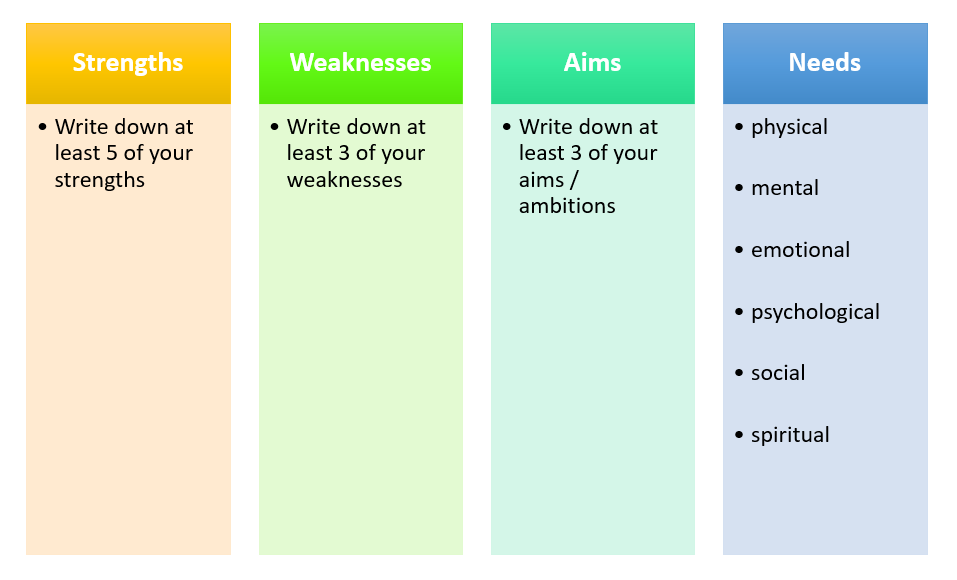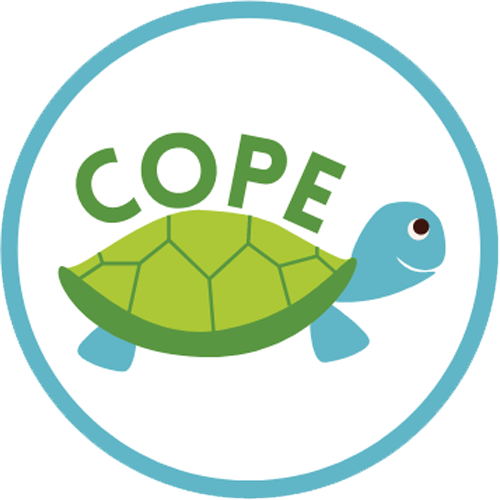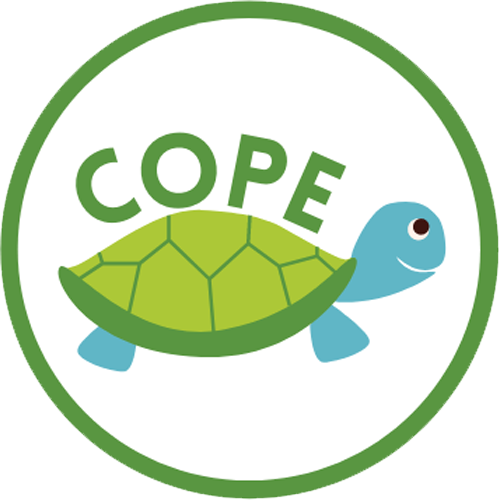The goal of the exercise is to get to know ourselves better, to accept ourselves the way we are and from this standpoint to embark on the road to developing a better and more balanced version of ourselves.
SWAN is an abbreviation for:
S: Strengths
W: Weaknesses
A: Aims / Ambitions
N: Needs
The strengths are our positive qualities. They may be character traits (kindness, gratitude, bravery, and others) or skills we have developed (drawing, physical endurance, presentation skills and others). While doing the exercise and describing our strengths we shouldn’t only think of our distinctive strengths, but we should think about our full potential. We may have sleeping strengths, strengths that we do not actively use. It is good to write down everything, exhaustively, but to do it honestly and impartially.
The weaknesses are those qualities that limit our potential. They stop our progress. For example: laziness, procrastination, anger and irritability, lack of patience etc. Most of us have learned to or think that we must hide our weaknesses. This very often leads to increasing or problems and not to solving them. Our goal should be to be aware of our weaknesses and to find out how we can use our Strengths for overcoming our Weaknesses.
The aims (ambitions) are the things that make us get up from bed every day, work hard and go forward. When we think about and list our aims it is good to remember that they should be realistic, things that we can achieve (using our Strengths) and not irrational dreams.
Every person has needs. Our basic needs are our needs of food, water, shelter, clothing etc. When our basic needs are covered, we start perceiving needs like love, education, social status, growth etc. In general, we have six types of needs: physical, mental, emotional, psychological, social, and spiritual. We must take time, list our needs and order them in the specific categories.
Building of a better and more balanced version of ourselves.
The SWAN exercise requires that we take time and work on ourselves. For this we need perseverance in looking for answers to the following questions:
Strengths:
- What strengths do I want to develop in myself?
- What strengths have I inherited from my family?
- What are my strengths, according to the people that know me?
- Which of my strengths can I use to overcome my weaknesses?
- Which of my strengths can help me achieve my aims?
Weaknesses:
- Which are my main weaknesses?
- Which weaknesses can I overcome?
- Which weaknesses can I accept and live with? Which weaknesses can I not accept?
- Can I turn my weaknesses into strengths?
- Which weaknesses hinder me from achieving my aims?
Aims
- Which aims are realistic and achievable? Give up the unrealistic aims.
- What is the origin of may aims: the family, my dreams, expectations of the society?
- What are my goals based on: fear, desire, love?
Needs
- What are my real needs, not desires?
- Is this my need or an expectation from society?
- Which of my needs are met? What should I do to meet the rest?
The creator of this exercise, Swami Niranjananda, recommends that we do it every day for 3 months. We can use the old and tested method – filling-in the SWAN table (see the table) on paper and with a pen, or we can do a meditative practice in a convenient time during the day (in the morning or in the evening at best).

After 3 months we can end the practice, because by then we shall have achieved much better awareness and control over our mind and thoughts. We shall have changed our attitude towards ourselves, accepting our natural role in life – to be who we are and not somebody else. We shall have started seeing ourselves in a more positive and accepting light.
[i] This practice has been developed by Swami Niranjananda (Satyananda Yoga) as a meditation for self-regulation and control of our minds. “Ultimately, through the practices of SWAN meditation, a stage of integration is reached wherein the different levels of the personality, instinctive, emotional, mental and psychic, are able to function and coordinate harmoniously.” ~Swami Niranjanananda Saraswati




Comments are closed